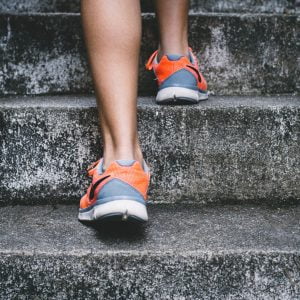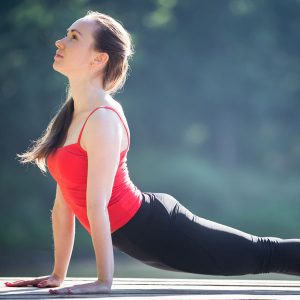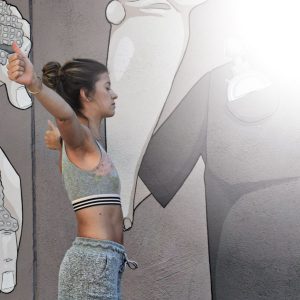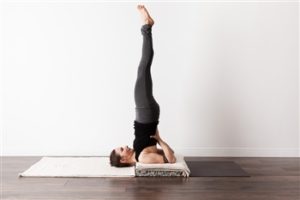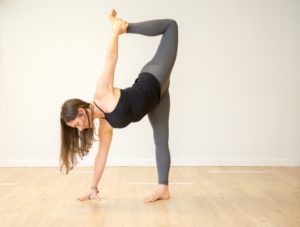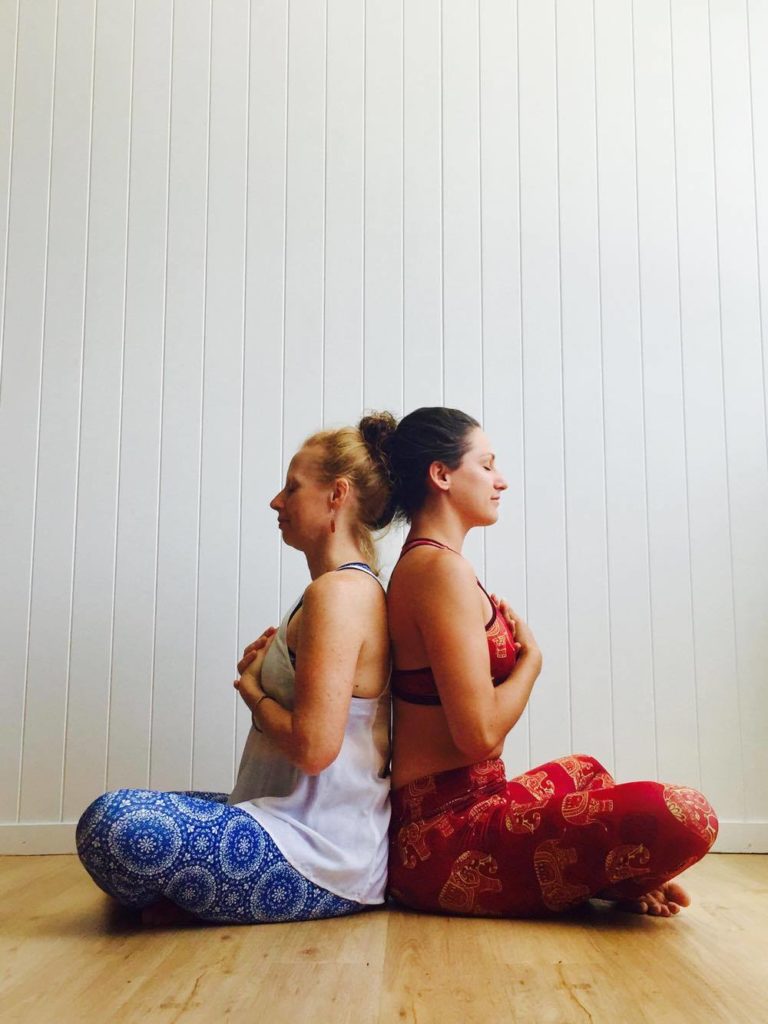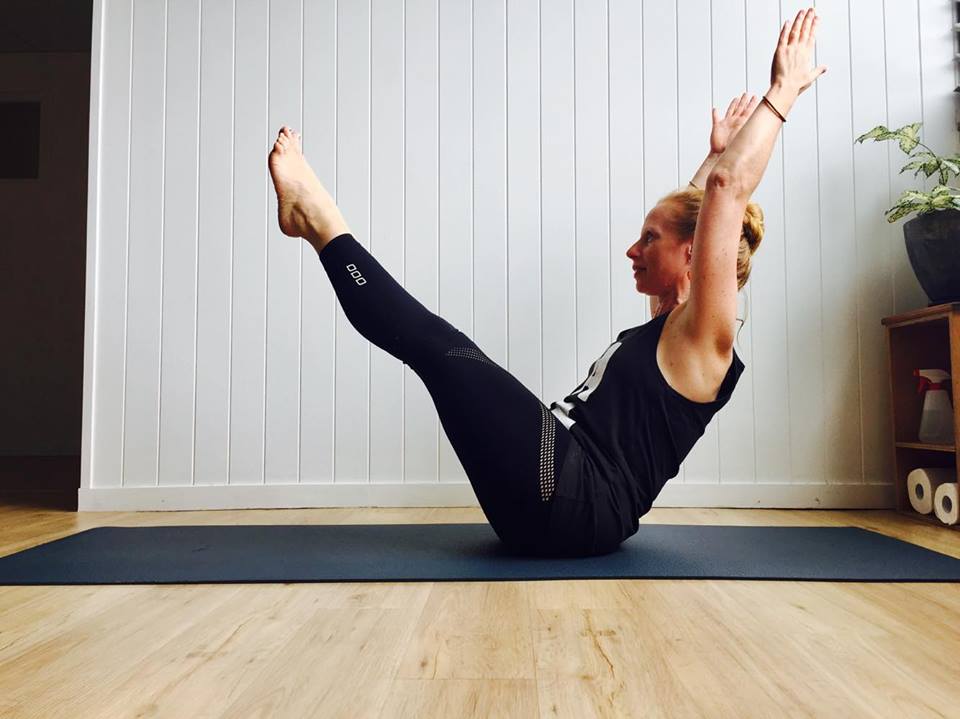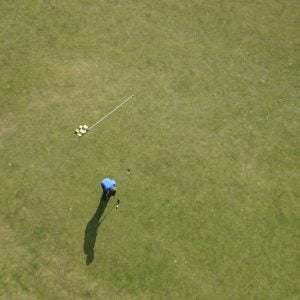 As a golfer, you know it’s a sport all about the details. Every advantage – no matter how small – can make or break your game. When it comes to playing well, a golfer needs to harness the power of the body and of the mind. That’s why so many players swear by the benefits of yoga for golfers.
As a golfer, you know it’s a sport all about the details. Every advantage – no matter how small – can make or break your game. When it comes to playing well, a golfer needs to harness the power of the body and of the mind. That’s why so many players swear by the benefits of yoga for golfers.
How yoga can benefit golfers
One of the most common issues golfers face is back pain. Unfortunately, chronic back pain is a common reason why golfers hang up their clubs for good. The repeated spinal rotation during your swing can actually decrease spinal mobility, leading to uncomfortable tightness and – worse case scenario – permanent injury.
Yoga for golfers is a safe, fun, and effective way to prevent back pain, increase flexibility through the spine, and improve joint mobility. In other words, yoga can free up your body and put the bounce back in your step.
Another issue many golfers face is an unevenness of muscle development. Most of us have a dominant hand that we use to perform daily tasks, things like writing, brushing our teeth, and using a computer mouse. Golfers use their dominant hand to play golf. As you play, you are only utilising muscles in one side of the body, causing an imbalance in muscle mass. Yoga is a full body exercise that stretches and strengthens from the head to the tips of your toes, bringing harmony back to the body.
But golf isn’t all about the body, right? You know full well just how much of a mental game it is. Well, yoga’s got you covered. Practicing yoga on a regular basis will improve your mental clarity and self-awareness.
Yoga for golfers: 5 Poses to Practice Regularly
So what does yoga for golfers involve? Let’s take a look at five poses that will increase stability through the core, and improve flexibility and mobility through the spine and hips. Just think how incredible you’ll feel!
1. Supported child’s pose
This calming posture helps eliminate stress and fatigue while reducing back and neck pain. It also provides a much-needed opportunity to breathe into your back to lengthen the spine and broaden the rib cage. You will need a bolster/pillow/folded blanket to practice this pose.
Start in a kneeling position. Bring your big toes together and knees wide, resting most of your weight over your heels. Pull your bolster/pillows/folded blankets between your thighs. Fold your upper body over your prop, resting your head to one side. Close your eyes, and wrap your arms softly around the top of your prop. Breathe deeply into your back. Hold for up to five minutes, switching your head to the other side half way through.
2. Sphinx
Sphinx is a fantastic multi-tasker: it encourages full mid-back and lower-back extension, strengthens through the shoulders, and opens through the chest.
Start lying on your belly. Potisiton your elbows directly beneath your shoulders, making sure your forearms are parallel. As you exhale, pull backwards with your forearms as if you are trying to pull your chest toward the front of your mat. (If you feel any sharp sensations in the lower back, widen your legs.) Activate through your mid-back muscles by pulling your shoulder blades down toward the floor. Hold for three – five deep breaths before resting onto your stomach and repeating twice more.
3. Kneeling Balance
Core strength is vital for spine stability. This kneeling balance works into your core while challenging your coordination.
Start in tabletop with your hands directly underneath your shoulder and your knees directly underneath your hips. Be sure to spread your fingers as wide as you can, and press into the thumb and index finger knuckle. Pull the navel into the spine to activate your core. Extend the right arm out in front of you. At the same time, extend the left leg behind you. There should be one straight line from the tip of your fingers to your toes.Take one full round of breath before releasing. Repeat on the other side, and aim for ten repetitions.
4. Revolved chair
Revolved chair is a challenging twist that promotes rotation through the thoracic spine. In addition, this posture activates the core, glutes, and groin, while encouraging lower-back stability.
Start standing with the feet hip distance apart. Bring your hands into prayer at the centre of your heart space. Bend through the knees keeping the back straight, as if you were sitting back into a chair. Once stable, twist the upper body to the right, hooking the elbow over the opposite knee. The top elbow extends upward as you aim to keep your hands in the centre of your chest. Hold for three breaths before repeating on the other side.
5. Half Lord of the Fishes with extended leg
This twist is great for re-balancing the left and right sides of the body, as well as opening through the chest and relieving tight hips.
Start seated. If your back or hips are particularly tight, sit on a folded blanket. Extend both legs in front of you. Bend through your right knee, and position your right foot on the outside of your left thigh. Place your right hand on the ground behind you. As you inhale, reach your left hand toward the ceiling. As you exhale, twist from your navel to the right. Hook your left elbow over your right knee to increase the twist. Breath deeply into your belly. Hold for up to one minute before repeating on the other side.
Start practicing yoga for golfers today
There’s no time like the present to improve your game! As a golfer, yoga can help relieve sore muscles, bring freedom into the spine and joints, and give you razor-sharp focus. Check out our Brisbane yoga timetable and Toowoomba yoga timetable to find a class near you. If you have any questions at all, or want to know more about our yoga classes, feel free to give us a call on +61 434 787 044.
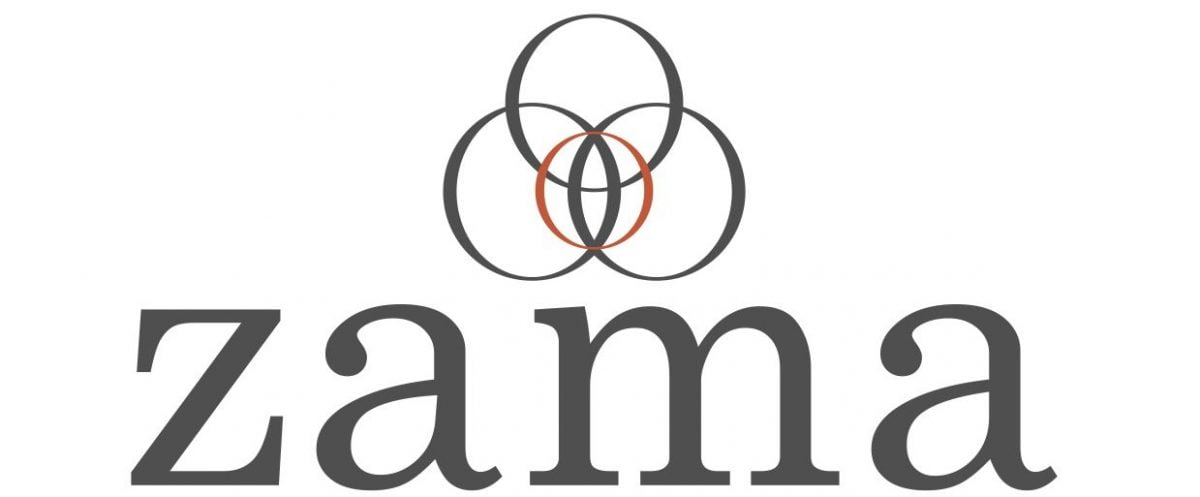
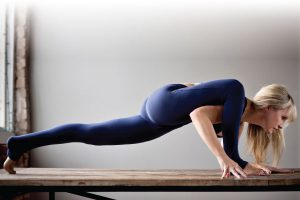 This June we celebrate the Winter Solstice, the shortest day and longest night of the year. The Winter Solstice is an opportunity to set our goals and intentions for the coming months of warmer weather. Before we embark on the next stage of our year, we can use our yoga practice to let go of negative feelings and to create space for new ideas.
This June we celebrate the Winter Solstice, the shortest day and longest night of the year. The Winter Solstice is an opportunity to set our goals and intentions for the coming months of warmer weather. Before we embark on the next stage of our year, we can use our yoga practice to let go of negative feelings and to create space for new ideas.